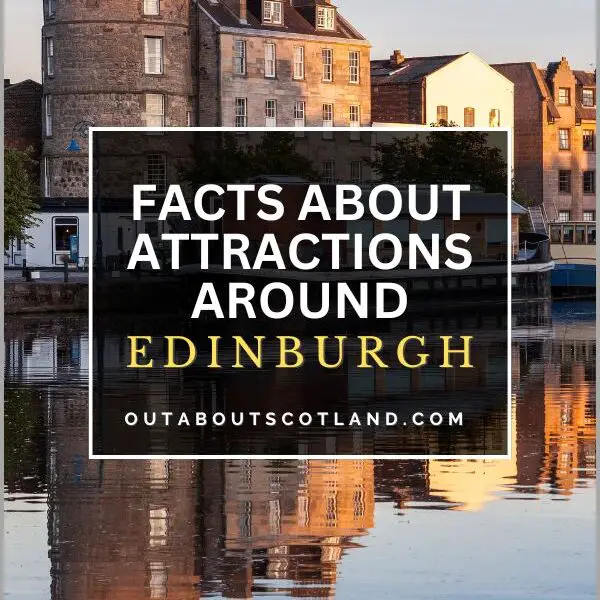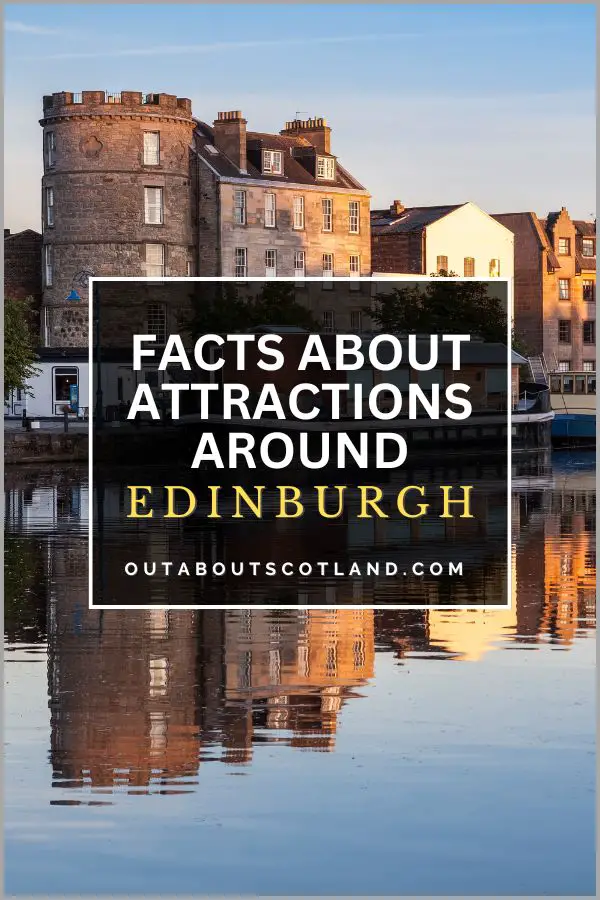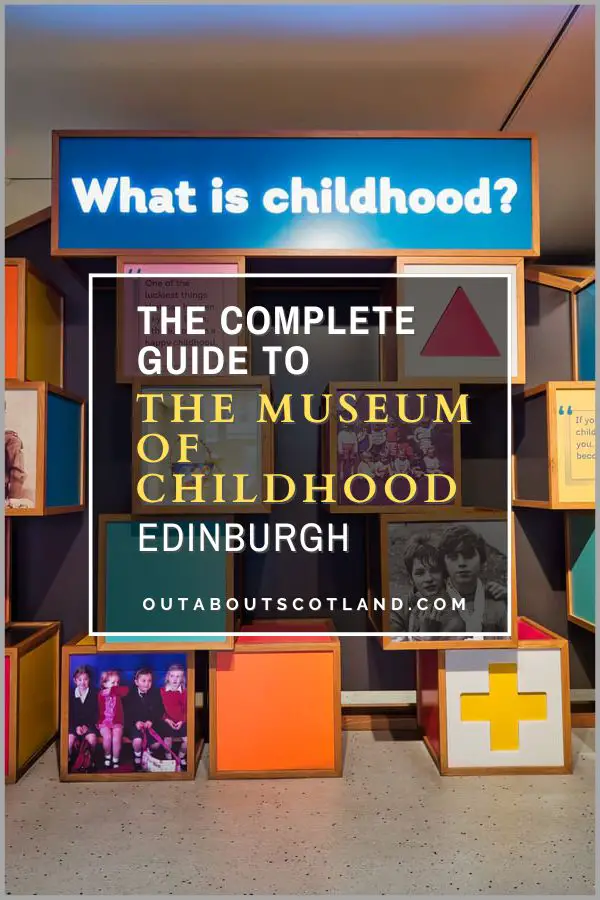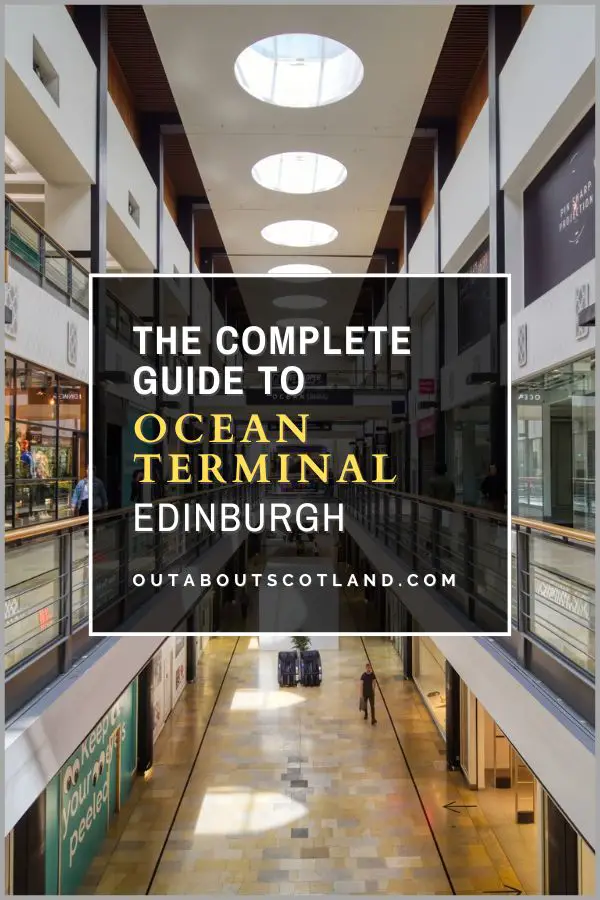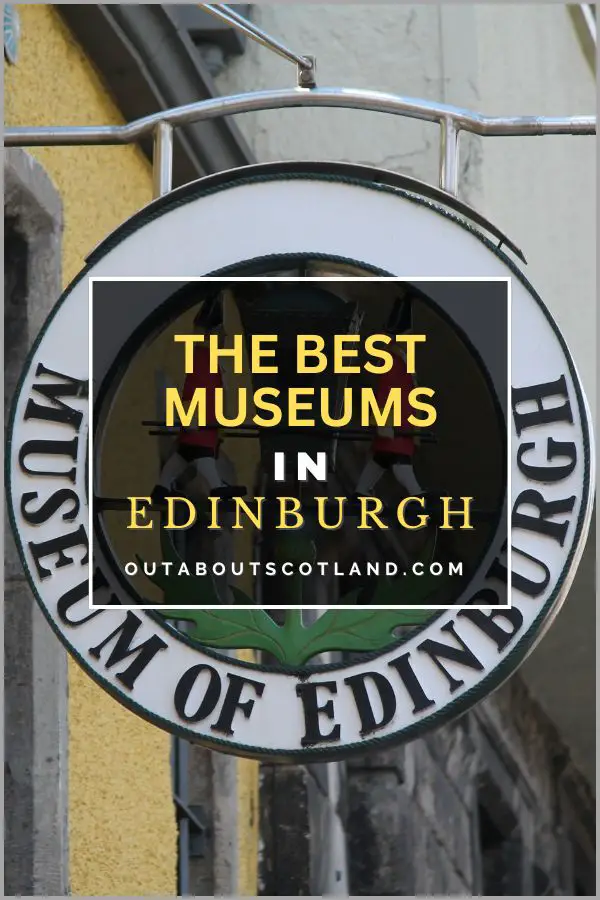Welcome to Edinburgh, the capital city of Scotland, where history and culture are as close together as the cobblestones of the Royal Mile. Nestled on the southeast coast of Scotland, this bewitching city is one of the world’s top tourist destinations thanks to a plethora of exciting attractions that range from enigmatic castles to golden sand beaches.
This vibrant city is bursting at the seams with world-class museums, fun festivals, lush green parks, and a food scene to drool over. Whether you’re an art aficionado, a history buff, a nature enthusiast, or a foodie at heart – there’s always something to tickle your fancy in Edinburgh.
In this article, we’ll explore a collection of facts about attractions around Edinburgh from the soaring peaks of Holyrood Park to the shimmering coastal waters of Leith. The following list features some of the best places to visit outside of the city centre and includes a few hidden gems you might not be aware of.
Craigmillar Castle
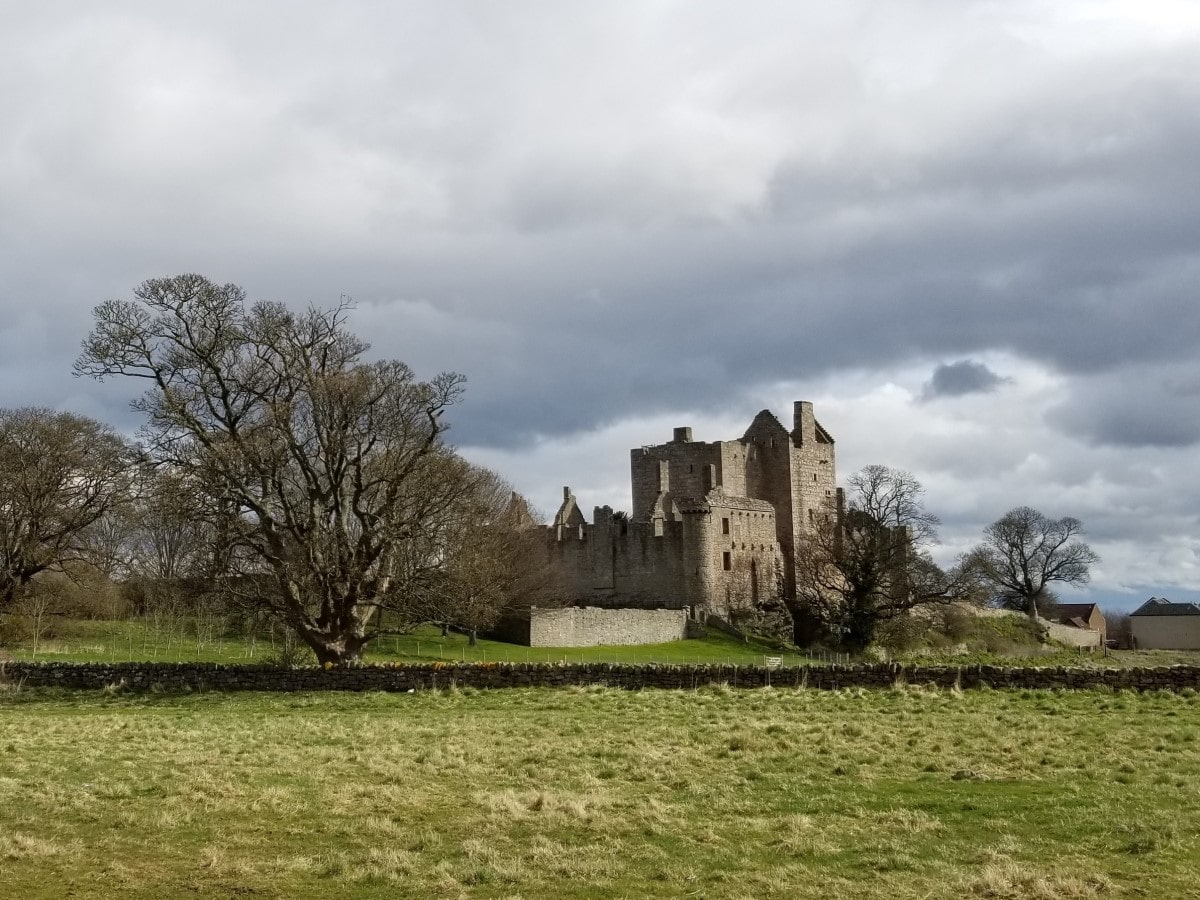
Historic Stronghold: Craigmillar Castle, located in Edinburgh, dates back to the 14th century. It began as a tower house, which was a common type of fortified dwelling in the Middle Ages, making it one of Scotland’s oldest surviving medieval castles.
Royal Refuge: The castle served as a sanctuary for Scottish royalty. Famously, Mary Queen of Scots took refuge there in 1566 following the murder of her secretary, David Rizzio.
Architectural Marvel: The castle boasts a unique L-plan design which features a central tower surrounded by a protective stone wall. This design was innovative for its time and is considered a significant development in Scottish castle architecture.
Prison and Plotting: Craigmillar Castle was not just a royal residence but also a prison. Sir Simon Preston, the owner of the castle, imprisoned an influential bishop there in the 16th century. Moreover, it was in this castle that the plot to murder Mary Queen of Scots’ husband, Lord Darnley, was hatched, leading to the infamous ‘Craigmillar Bond‘.
Historic Gardens: A historic yew tree garden, thought to be one of the oldest in Scotland, surrounds the castle. These trees were often associated with immortality and resurrection in ancient Celtic mythology.
Cinematic Star: Craigmillar Castle has appeared in several films and TV shows, including the popular series ‘Outlander’ where it portrayed Ardsmuir Prison.
Cramond Island
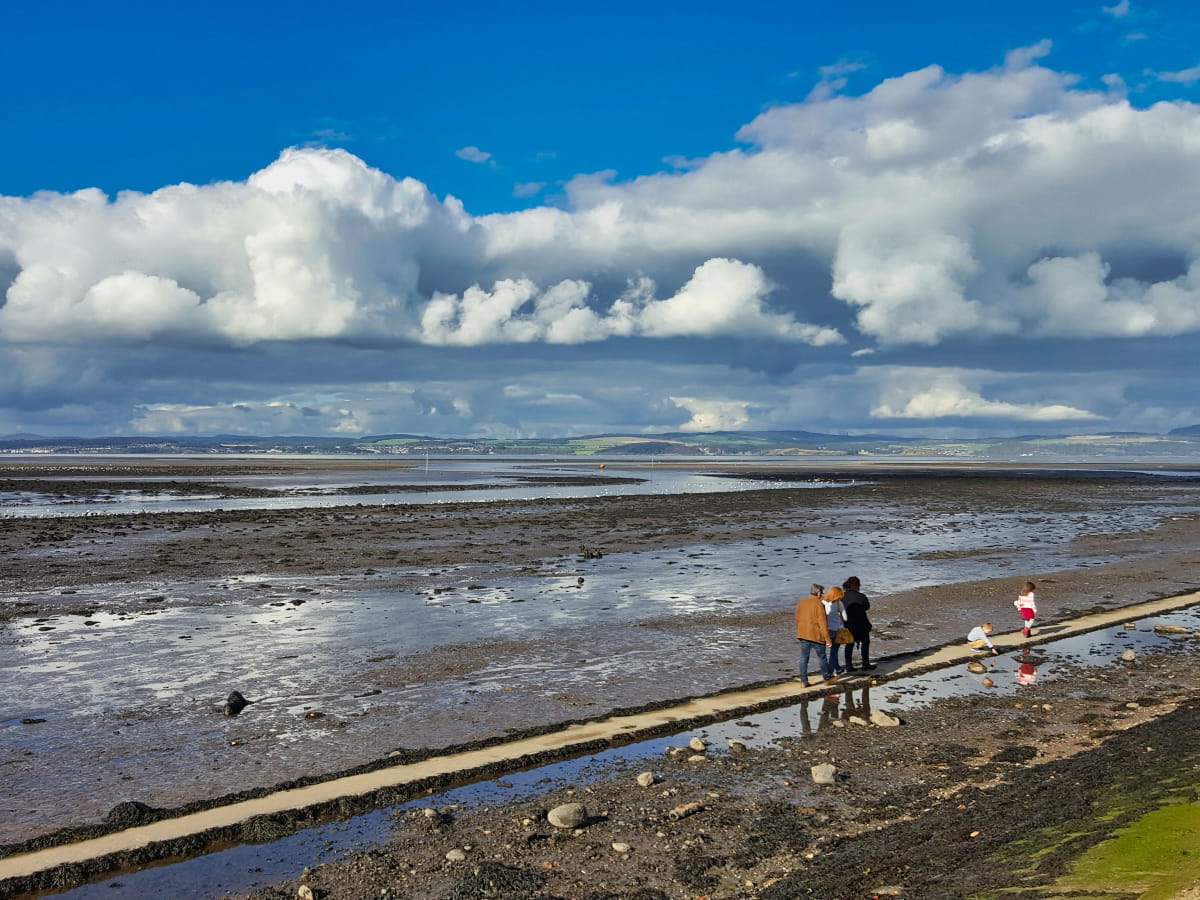
Roman Connection: Cramond Island was a significant site for the Romans during their occupation of Britain and archaeological evidence shows the presence of a Roman Fort at Cramond.
World War II Defenses: During World War II, Cramond Island was part of the defences against potential naval attacks. The concrete pylons on the causeway and the structures on the island were designed to stop enemy boats.
Subtidal Nature: The causeway is subtidal, meaning it gets submerged during high tide. Visitors need to be extremely careful about tide times to avoid getting stranded on the island.
Ancient Farming Community: In the past, the island was home to a farming community. Old maps show the presence of a farm on the island which is now long gone.
Ownership by Dalmeny Estate: The island is currently owned by the Dalmeny Estate which also owns several other properties in the area.
Ruins of Buildings: You can still see the ruins of buildings that were used in both World Wars. These include a small barracks and storerooms.
Dean Village
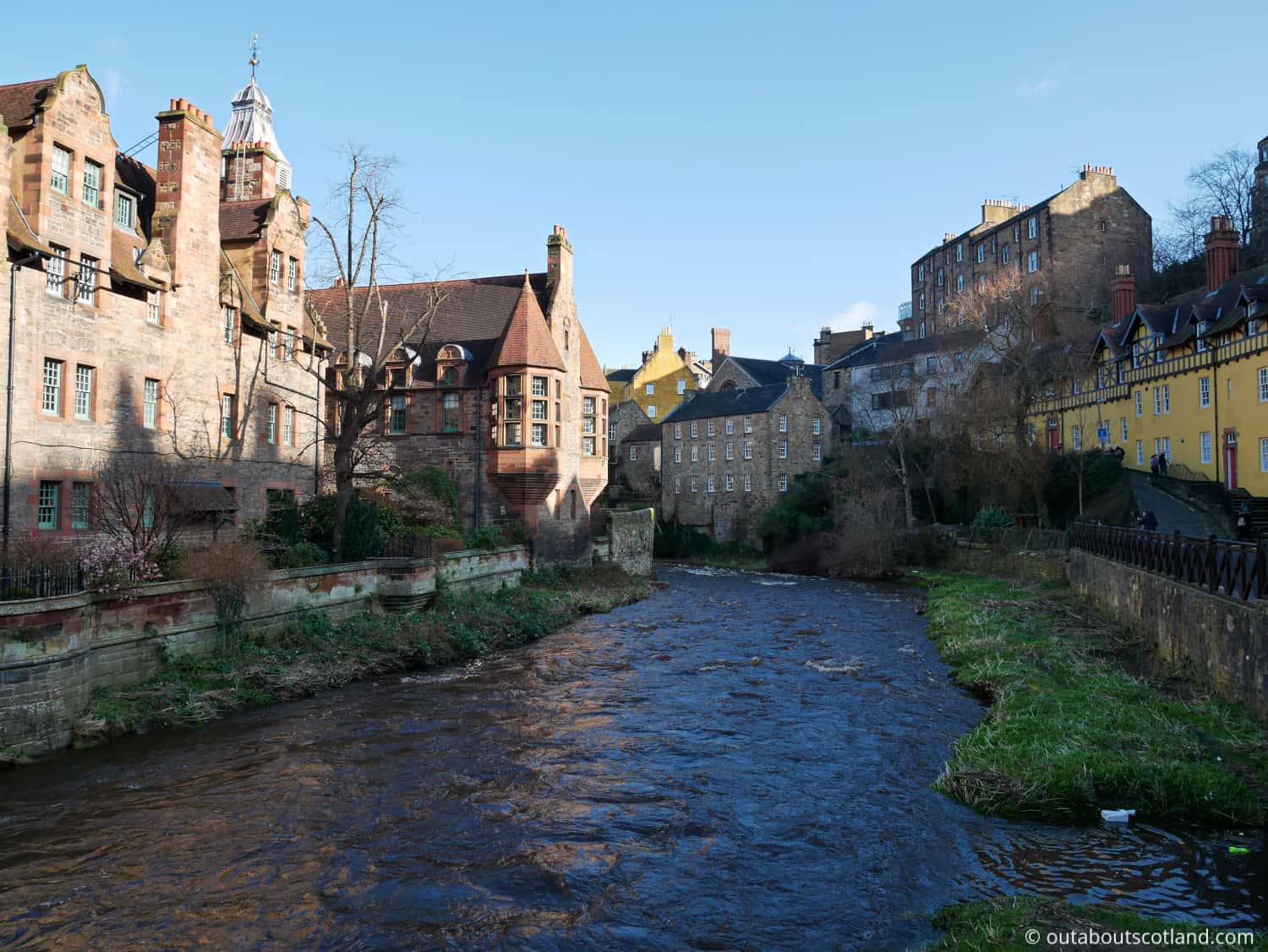
Hidden Gem of Edinburgh: Dean Village was once a separate village from Edinburgh that was known for its milling industry.
Historic Significance: The name ‘Dean’ comes from the Old Scots word ‘dene’, which means ‘deep valley’. The Water of Leith runs through a deep valley where this charming village is located, hence the name.
Millers’ Legacy: Dean Village was once known as the ‘Water of Leith Village’ and was the centre of a grain milling industry for over 800 years.
Well Court: Well Court, built in the 1880s, is one of the most iconic landmarks in Dean Village. It was constructed by Sir John Findlay, then owner of ‘The Scotsman’ newspaper, to provide housing for workers.
St Bernard’s Well: This ornate, temple-like structure was a popular spa in the 18th century. It was believed that its mineral water had healing properties. The structure is opened to the public only occasionally, such as during the annual Doors Open Day.
Dean Cemetery: Dean Cemetery, located on the village outskirts, is the final resting place of many notable Scots including several famous artists, writers, and scientists.
Stunning Architecture: Dean Village is renowned for its stunning architecture, which includes the impressive Dean Bridge which was designed by Thomas Telford in 1831.
Edinburgh Zoo
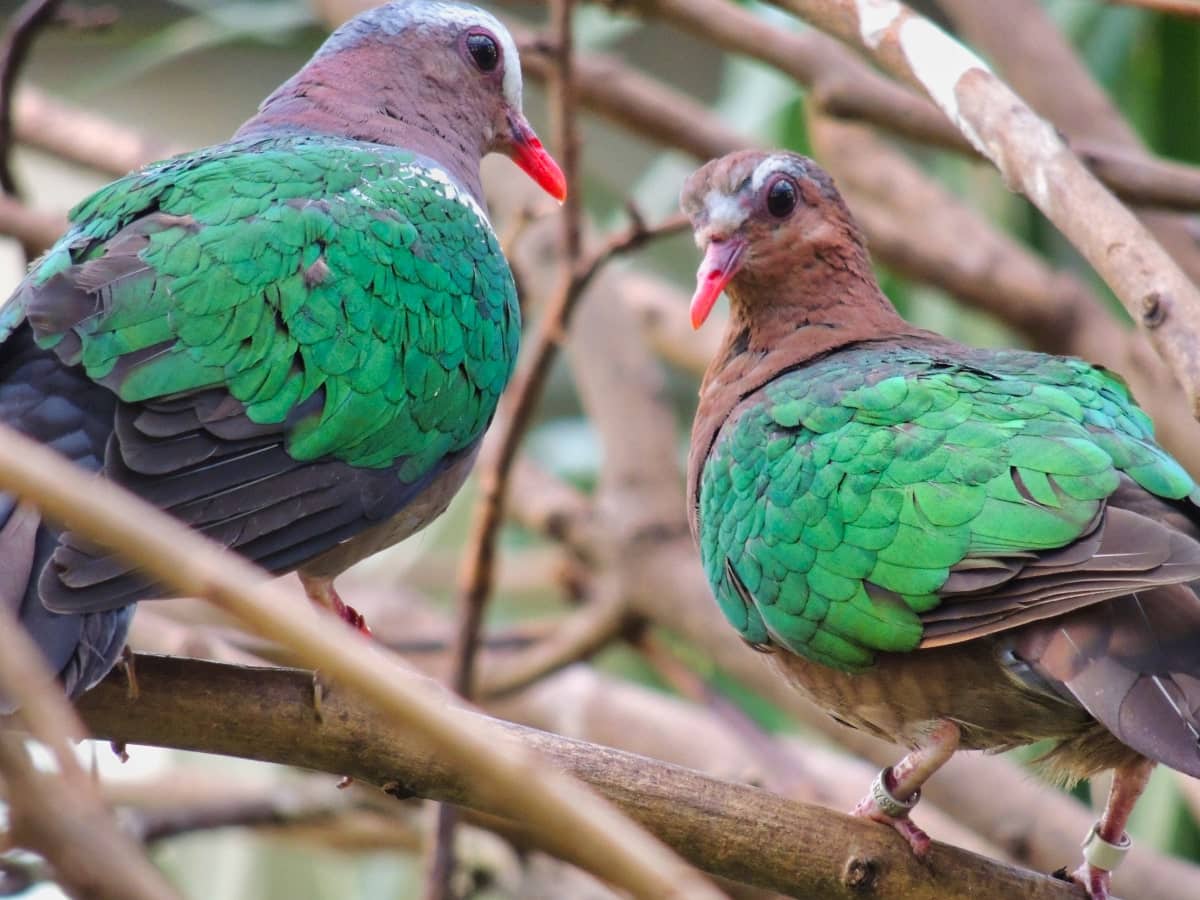
Edinburgh Zoo’s Royal Connection: Established in 1913, Edinburgh Zoo is the only zoo in the UK with a royal charter. King George V and Queen Mary, who also served as its first official patrons, gave it the award.
Pioneering Panda Conservation: Edinburgh Zoo became the first zoo in the UK to house giant pandas, a critically endangered species. Tian Tian and Yang Guang, the resident pandas, arrived from China in 2011.
Innovation in Animal Enclosures: The zoo was one of the first to adopt the concept of ‘open enclosures’, which created a more natural environment for the animals. This innovative approach to zoo design aimed to provide a better quality of life for the animals and a more authentic experience for visitors.
Penguin Parade: One of the zoo’s most popular and enduring attractions is the daily Penguin Parade. This began by accident in the 1950s when a gate was left open and the penguins went for a walk. The zoo decided to make it a regular event and it’s been a hit ever since.
Conservation Programmes: Edinburgh Zoo is involved in over 20 different conservation projects worldwide, working to protect endangered species and their habitats. This includes the RZSS WildGenes lab, the first and only zoo-based conservation genetics lab in the UK.
First Chimpanzee Colony: In 1961, Edinburgh Zoo established the UK’s first-ever chimpanzee colony. Its Budongo Trail exhibit now houses one of the world’s most innovative and interactive chimpanzee enclosures.
EICA

Largest Indoor Climbing Arena: The Edinburgh International Climbing Arena is one of the largest indoor climbing arenas in the world. It boasts over 2,400 square meters of climbing walls which offer a variety of challenges for climbers of all skill levels.
Converted Quarry: The centre is uniquely set in a converted quarry. The Ratho Quarry was turned into this exceptional climbing facility as it blends both natural and artificial climbing surfaces.
Arena’s Design: The design of the centre was inspired by the shape of a mountain cliff, with the highest point reaching an impressive 92 feet (28 meters).
Opened for 2003 World Climbing Championships: Originally opened to host the 2003 World Climbing Championships, the centre has since hosted several national and international climbing events, solidifying its place in the global climbing community.
Adventure Sports Centre: Apart from climbing, the centre also offers a range of other adventure sports facilities including a gym, a bouldering area, and an aerial assault course.
EICA’s Eco-Friendly Approach: The centre is committed to sustainability. It provides an eco-friendly climbing experience by maximizing natural light, reducing water waste, and using sustainable materials wherever possible.
Gilmerton Cove
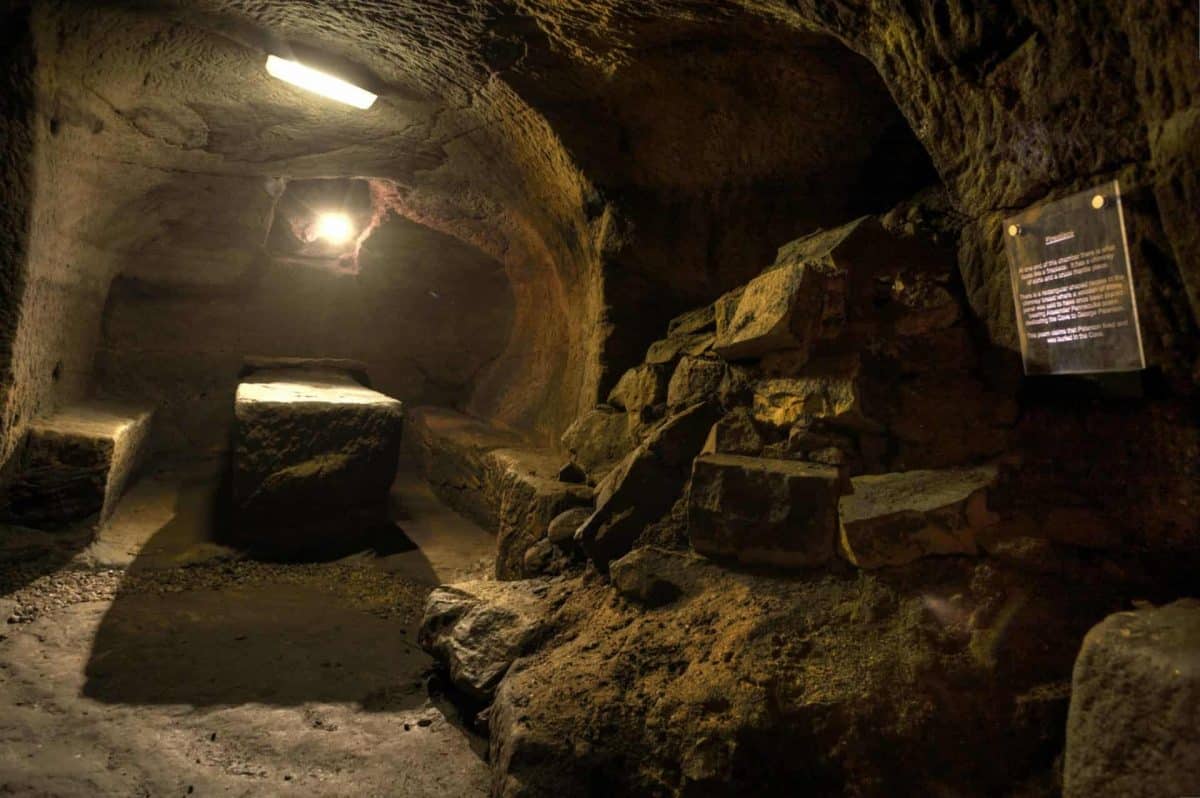
Mysterious Origins: The origins of Gilmerton Cove are shrouded in mystery. Some theories suggest it was the work of an 18th-century blacksmith named George Paterson, while others theorise it may date back as far as the 17th century or even earlier.
Secret Society Meetings: Folklore and legends suggest that Gilmerton Cove was used for secret society meetings in the past, possibly by the Freemasons or the Knights Templar. These theories are bolstered by Masonic symbols found within it.
Religious Refuge: Another theory is that Gilmerton Cove served as a refuge for persecuted Covenanters, a Scottish Presbyterian movement in the 17th century. It would have provided a secret place to hold religious meetings.
Intricate Carvings: The interior of Gilmerton Cove features intricate stone carvings that include tables, chairs, and even a fireplace and chimney, all chiselled out of solid rock.
A Smugglers’ Den: According to some stories, smugglers used the Cove. Its location near the main road would have made it an ideal hideout and storage space for contraband goods.
Holyrood Park
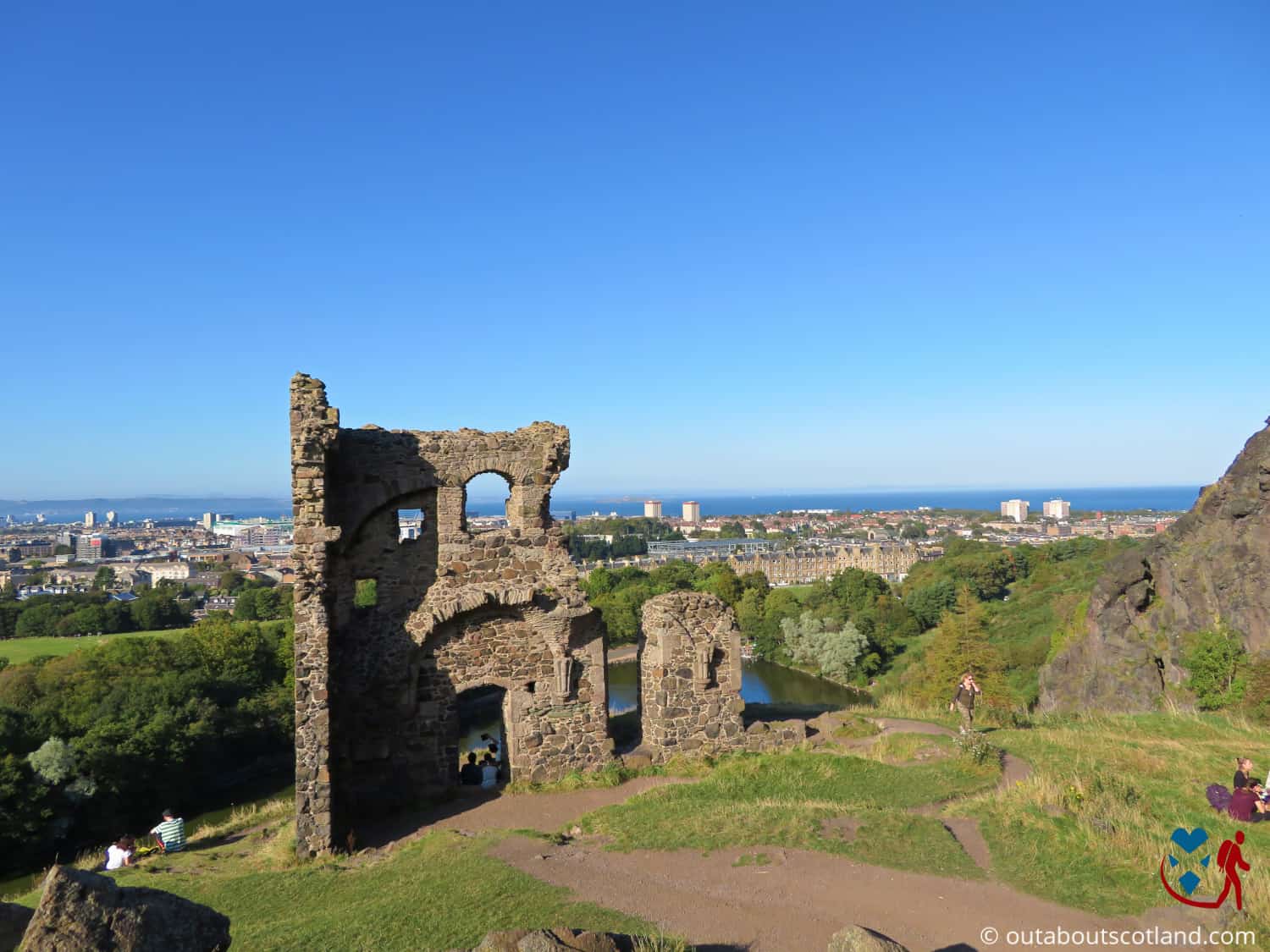
Ancient Volcanic Origin: Holyrood Park’s landscape was formed by an extinct volcano system and shaped by ice ages. Arthur’s Seat, the highest point in the park, is the remnant of a 350-million-year-old volcano.
Royal Hunting Ground: The park was once a royal hunting estate. In 1128, King David I established the adjacent Holyrood Abbey and used the surrounding lands for hunting deer and boar.
Historical Ruins: The park is home to several ancient ruins, including St. Anthony’s Chapel. While its origins are unknown, it’s thought to date back to the 15th century.
Geological Importance: Holyrood Park is a Site of Special Scientific Interest due to its geological, topographical, and biological features which include some of the best examples of exposed geological strata in Scotland.
Unique Flora and Fauna: The park is a haven for wildlife and plant species. It houses over 500 types of flora including lichen species that are considered internationally important.
Historical Relevance: The park became public property in the 19th century when Queen Victoria declared it a public park. It has remained open to the public since 1888.
Archaeological Significance: The park is full of archaeological history, with evidence of human settlement dating back to 5000 BC. The area has been inhabited by several different societies throughout the centuries such as the Romans and the Picts.
Lauriston Castle
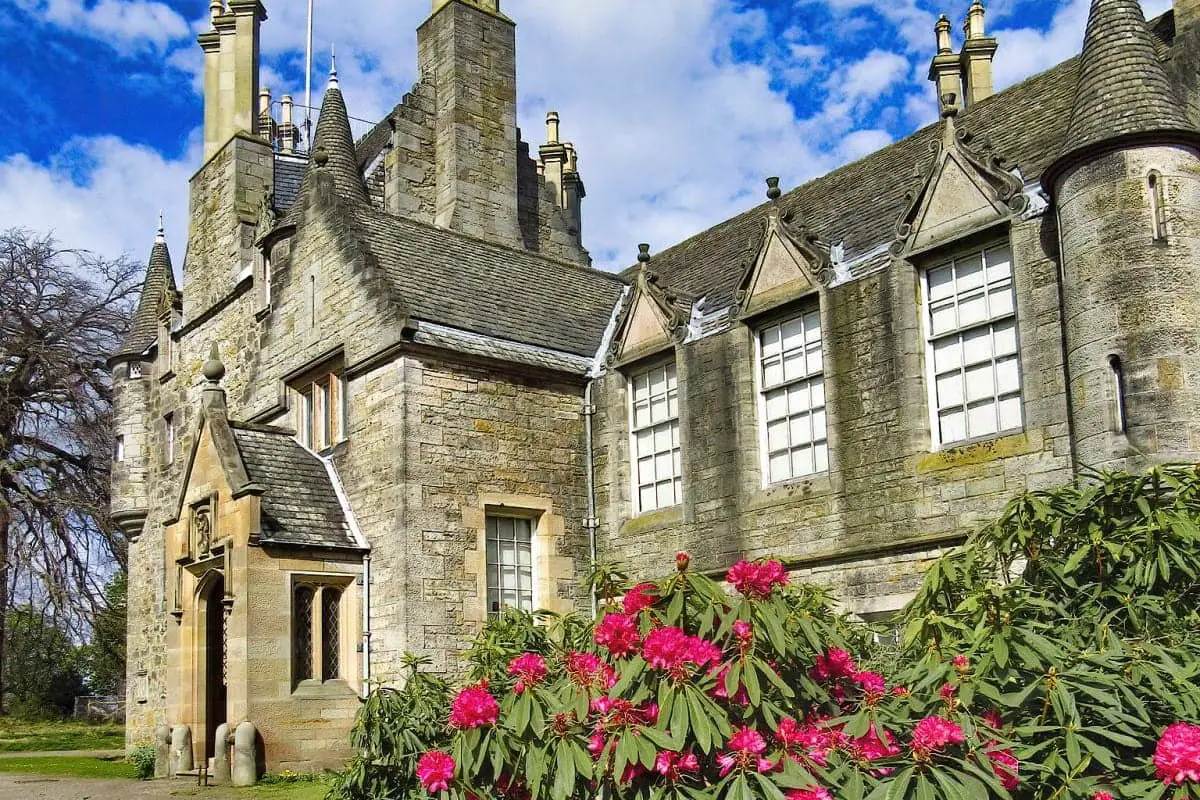
History: Lauriston Castle was built in the 16th century as a tower house and has seen several architectural changes reflecting the different periods of its existence, from Scottish Baronial to Edwardian interiors.
Last Private Owners: The Reid family, who were the last private owners of Lauriston Castle, bequeathed it to Scotland in 1926. They had no heirs and their wish was for the castle to be preserved as a historic monument.
Japanese Connection: The castle boasts an enchanting Japanese garden, the Edinburgh-Kyoto Friendship Garden, which was established in 2002.
Gardens and Grounds: Apart from the Kyoto Friendship Garden, Lauriston Castle’s grounds also include an Italian garden and a croquet lawn.
Libraries’ Significance: Lauriston Castle houses two libraries. The older library contains around 2,000 books while the Edwardian library, a later addition, has over 3,000 volumes.
Ghostly Tales: Like many historic castles, Lauriston Castle has its share of ghost stories. Visitors and staff have reported sightings of a ghostly lady in a green dress as well as a phantom dog.
Leith
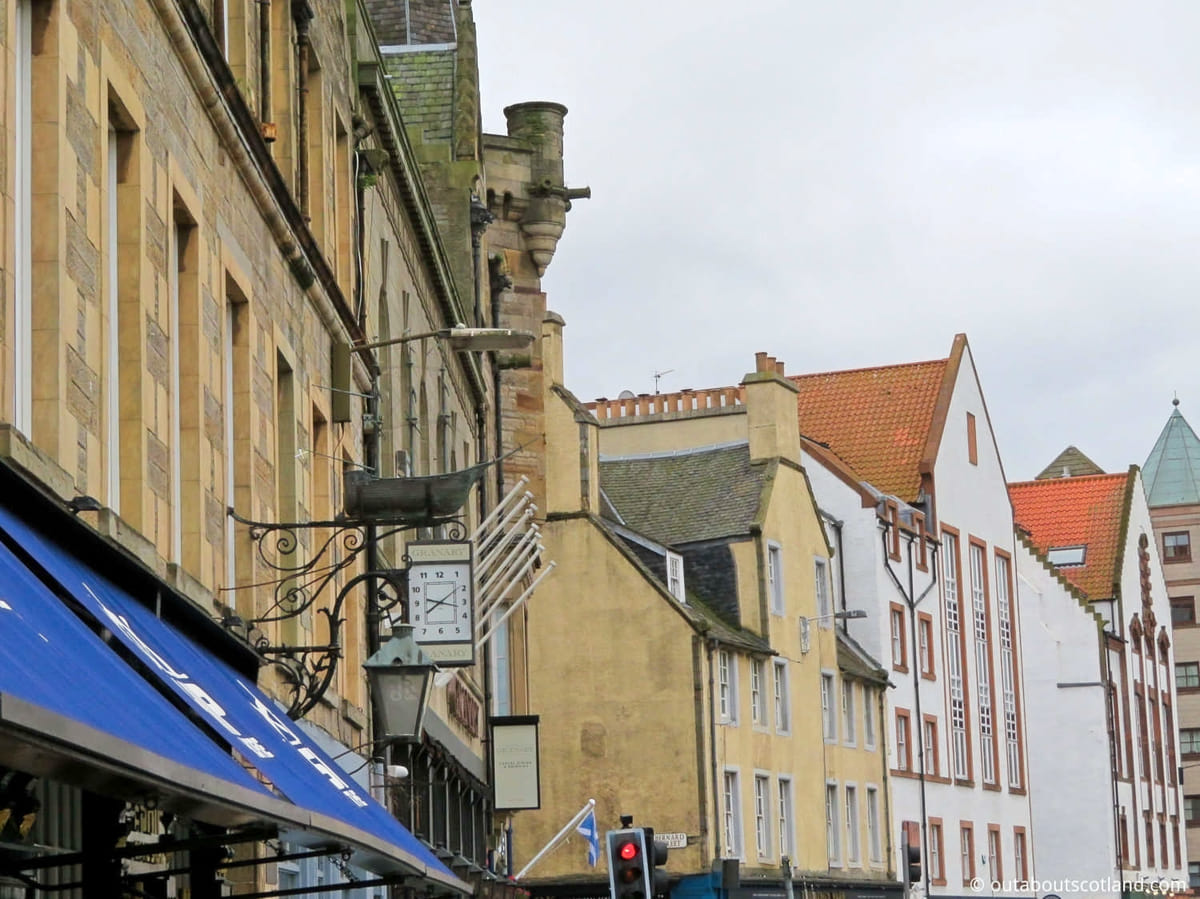
The Port of Leith is Ancient: The Port of Leith is the oldest continually operational harbour in Scotland, with records dating back to the 14th century. It played a significant role in the country’s trade and economic growth.
Literary Inspiration: The gritty charm of Leith has inspired several authors, including Irvine Welsh, who set his famous novel ‘Trainspotting’ in the area.
Home to The Royal Yacht Britannia: Leith is home to The Royal Yacht Britannia, the former royal yacht of Queen Elizabeth II. Now a five-star visitor attraction, it offers a glimpse into royal life at sea.
Scottish Malt Whisky Society: The first-ever meeting of the Scottish Malt Whisky Society was held in Leith in 1983. Today, the society’s main site is ‘The Vaults’ in Leith.
The Leith Races: From the 17th to the 19th century, Leith was home to a popular horse-racing event known as the Leith Races.
Leith’s Musical Heritage: Leith has a rich musical history, with the famous band The Proclaimers hailing from the area. Their hit song, ‘Sunshine on Leith’, is an anthem for the area.
National Gallery of Modern Art
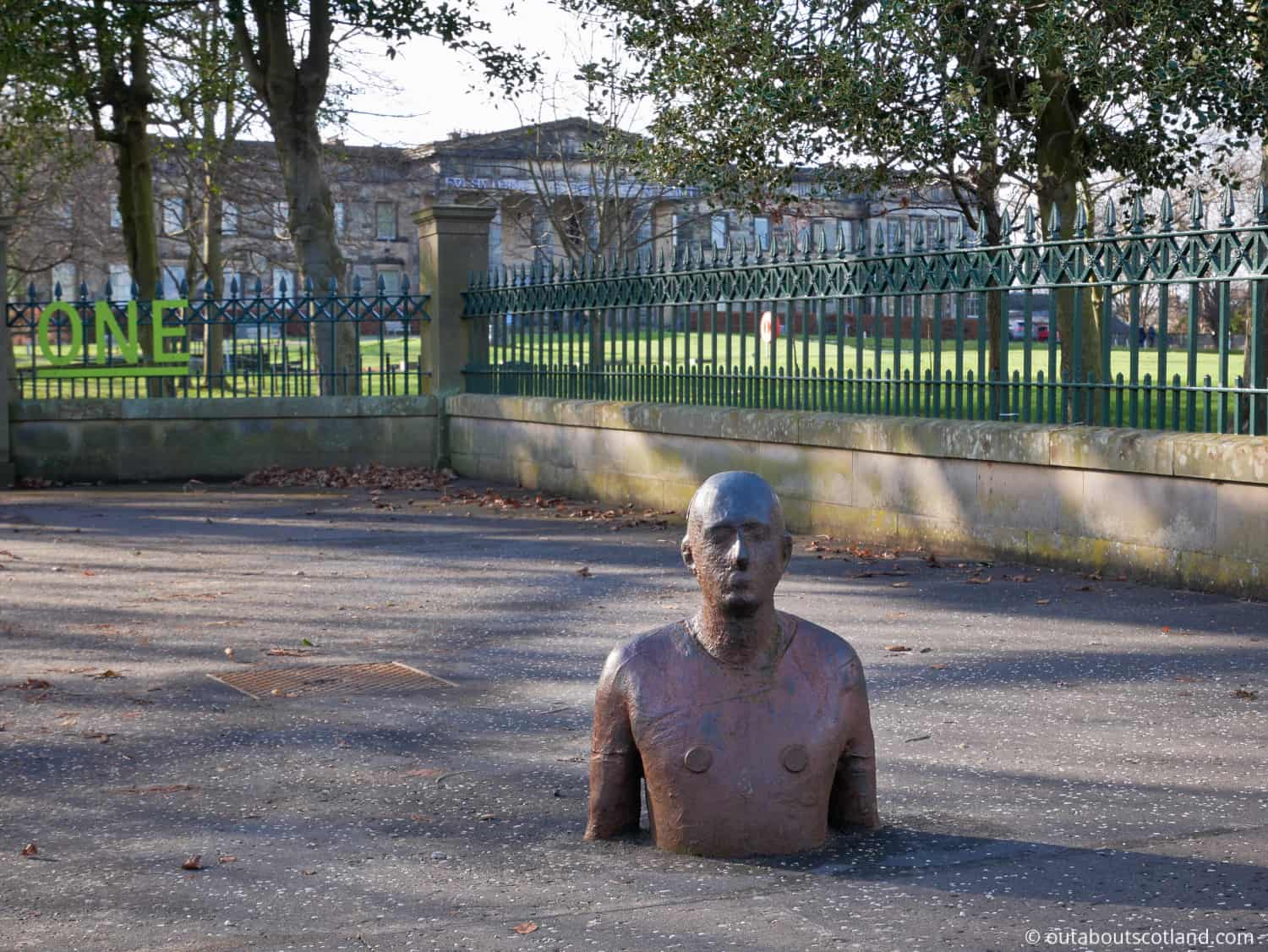
Established in 1960: The Scottish National Gallery of Modern Art, located in Edinburgh, was officially opened in August 1960.
Two Distinct Buildings: The Gallery is housed across two distinct buildings, Modern One and Modern Two, each with its own unique architectural style. Modern One was formerly the John Watson School and Modern Two was originally The Dean Orphan Hospital.
Landscaped Sculpture Park: The Gallery is set in extensive parkland where visitors can see the landform sculpture by Charles Jencks as well as several metal cast sculptures.
Paolozzi’s Studio: Modern Two houses a re-creation of the Scottish sculptor Sir Eduardo Paolozzi’s studio, complete with thousands of objects from his personal collection.
Art in Healthcare: The Gallery has a long-standing partnership with Art in Healthcare, a charity that lends artwork to healthcare facilities around Scotland.
Surrealist Focus: Modern Two has a room dedicated to the surrealist movement and Dada, with artworks from artists like Salvador Dalí and René Magritte.
Portobello Beach
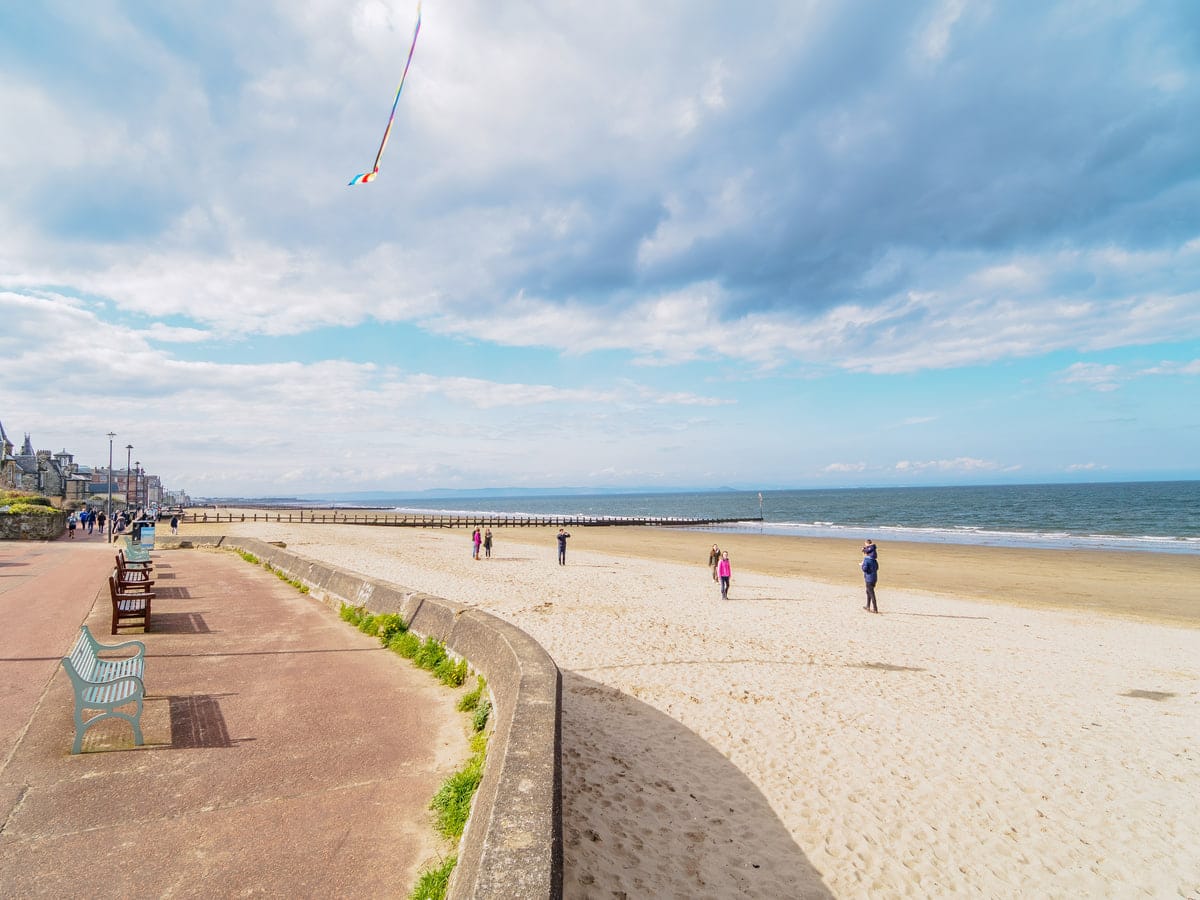
Historical Significance: Portobello Beach has an interesting history. It was formerly known as Figgate Whins, a moorland that smugglers frequented. Later, it was named after the Portobello Hut, a cottage built in 1742 that was named after Puerto Bello in Panama, celebrating a historic battle that occurred in 1739.
Iconic Promenade: The beach boasts a 1.2-mile-long promenade that was constructed in the late 19th century. It’s a popular spot for walks, cycling, and enjoying the stunning sea views.
Bathing Machines: Portobello was once a fashionable bathing spot in the 19th century, equipped with ‘bathing machines’. These contraptions, which allowed bathers to change in privacy, were wheeled into the sea.
Community Events: Portobello Beach is known for its community events. The annual Big Beach Busk in August transforms the promenade into a stage for street performers, while the Portobello Market brings together local traders every month.
Portobello Swim Centre: Just off the beach, the Portobello Swim Centre features an iconic Turkish bath and an Art Deco pool which provide a unique relaxation and swimming experience. This historic building dates back to 1898 and is a testament to the area’s history.
Royal Botanic Garden
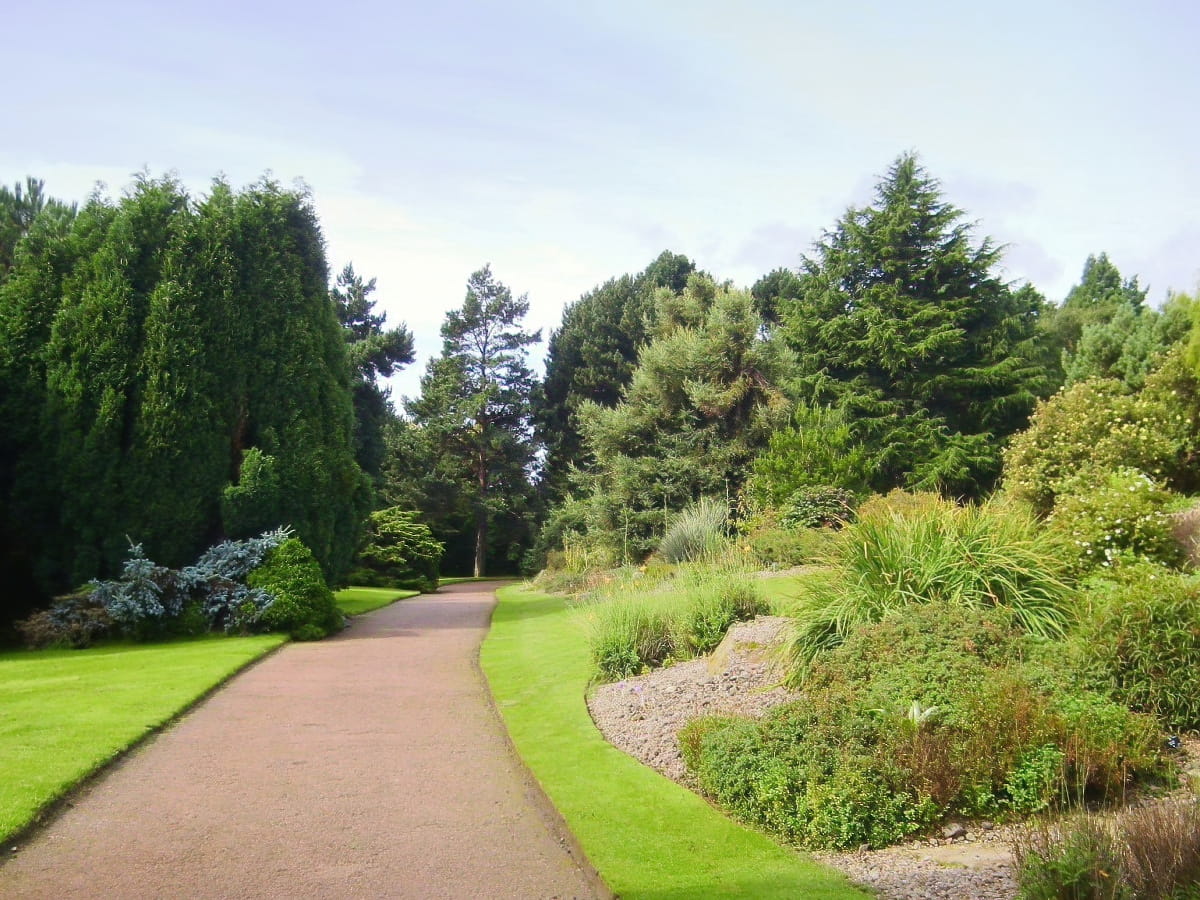
Historic Establishment: The Royal Botanic Gardens Edinburgh, known as RBGE, was founded in 1670, making it one of the oldest botanical gardens in the world.
Expansive Collection: The gardens boast an impressive living collection of more than 13,500 plant species, making it one of the most diverse collections in the world.
Four Gardens in One: The RBGE isn’t confined to one location. It features four separate sites: the main Edinburgh garden and regional gardens at Benmore, Logan, and Dawyck.
International Research: The RBGE is more than just a garden, it’s also a renowned scientific centre for the study of plants, their diversity, and conservation. The research team includes over 100 scientists who work on diverse projects worldwide.
The Glasshouses: The ten climatic zones in the RBGE’s glasshouses are home to a variety of exotic plants from around the world, including giant waterlilies, palm trees, and rare orchids.
Herbarium Collection: The RBGE’s herbarium houses an estimated 3 million specimens, some of which are 300 years old. This makes it the second-largest collection in the United Kingdom and one of the largest in the world.
The Chinese Hillside: One of the garden’s most unique features is the Chinese Hillside, a landscape designed to resemble the natural plant environments of China. It showcases some of the 1,000-plus plant species native to China that are grown in the RBGE.
Royal Yacht Britannia
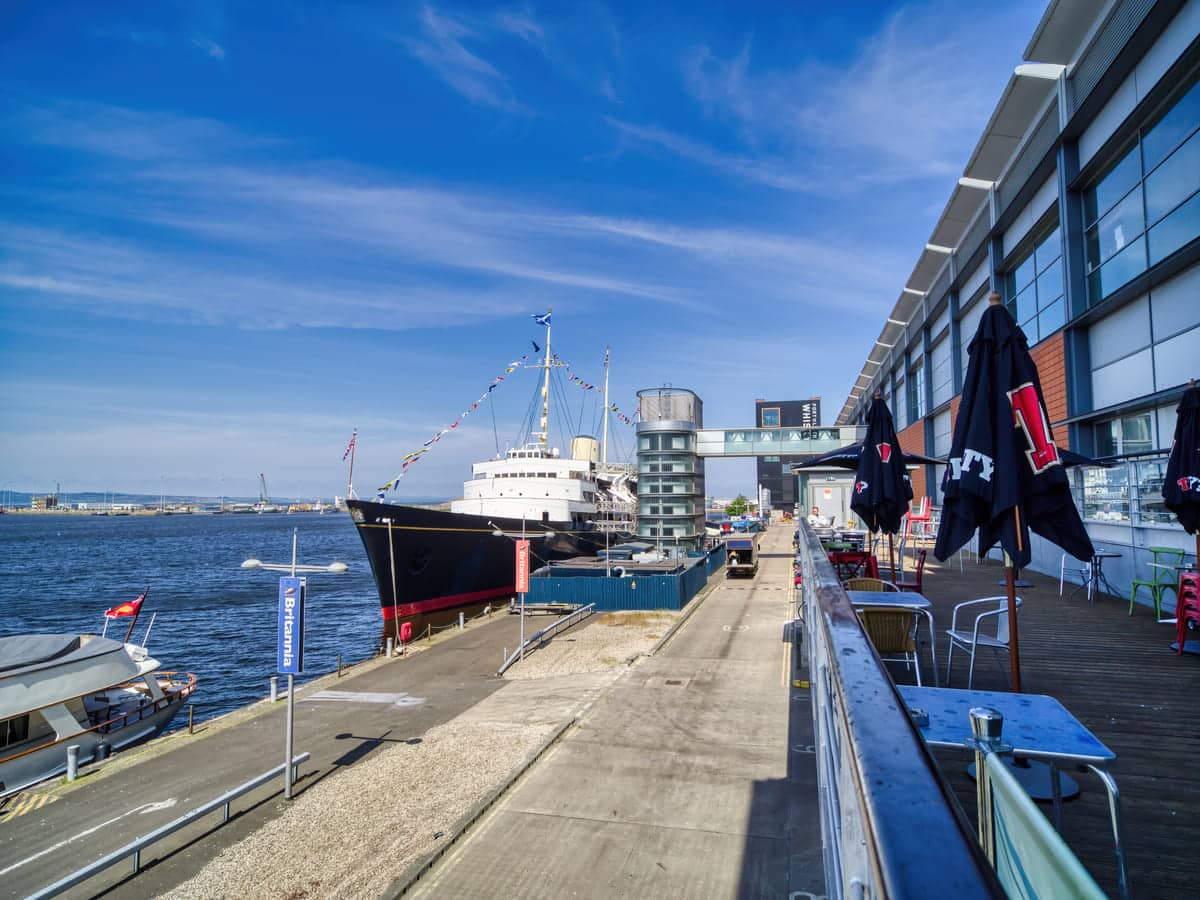
Longest Serving Royal Yacht: The Royal Yacht Britannia served the British monarchy for an incredible 44 years, from 1954 to 1997, longer than any other royal yacht in history. Over this time, it sailed over one million miles worldwide.
Secret Escape Plan for the Royal Family: During the Cold War, the Britannia was part of a secret plan in case of a nuclear attack on the UK. The yacht was designated to retrieve the Queen and Prince Philip and sail them to a safe location.
No Royal Standard on Maiden Voyage: On its maiden voyage to Grand Harbour, Malta, in April 1954, Britannia did not fly the Royal Standard as the Queen was not onboard.
Impressive Guest List: The Britannia hosted numerous famous figures during its service, from Winston Churchill and Nelson Mandela to Bill Clinton. It also welcomed royalty from around the world including Emperor Akihito of Japan and King Hussein of Jordan.
Venue for Royal Honeymoons: The Britannia was the honeymoon venue for four royal couples: Princess Margaret and Antony Armstrong-Jones in 1960, Princess Anne and Captain Mark Phillips in 1973, Prince Charles and Princess Diana in 1981, and Prince Andrew and Sarah Ferguson in 1986.
No Permanent Home Port: Unlike many royal yachts, Britannia did not have a permanent home port and was instead docked at whichever naval base was convenient.
Union Canal
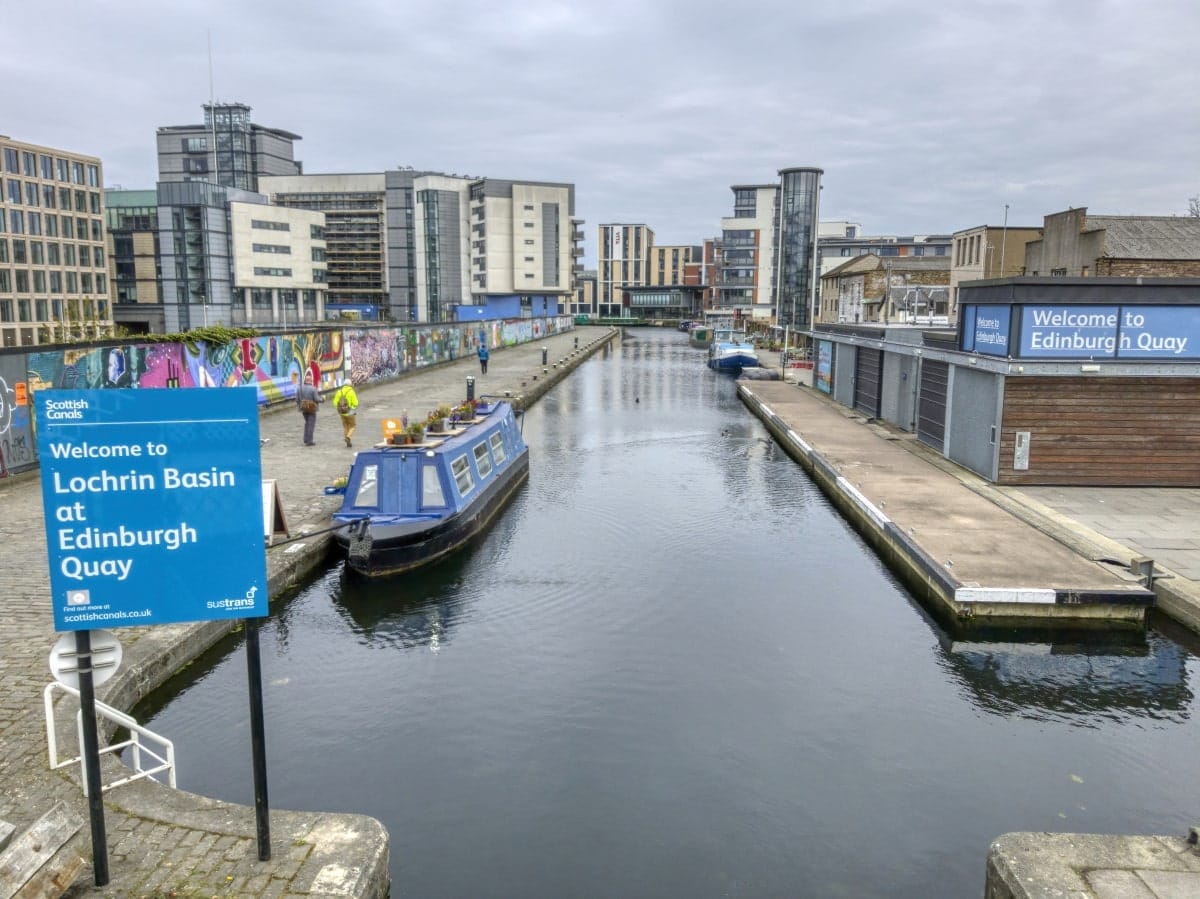
Historical Significance: The Union Canal, also known as the Edinburgh and Glasgow Union Canal, is one of Scotland’s two lowland canals. Opened in 1822, it served as a crucial commercial link between the two cities.
Engineering Marvel: The canal is a feat of early 19th-century engineering. It was designed by Hugh Baird and constructed using 3,000 men over five years.
Nautical Length: Stretching 31 miles (51 kilometres) from Edinburgh to Falkirk, the canal was initially used for transporting coal and agricultural products.
Famous Landmarks: The canal is home to several iconic structures such as the Almond Aqueduct which is 420 feet long and 76 feet high, making it one of the longest and tallest aqueducts in Scotland.
No Locks: Unlike other canals, the Union Canal is a contour canal, meaning it was built to follow the natural landscape’s contours without the need for locks.
Link to Forth and Clyde Canal: The Falkirk Wheel, a unique rotating boat lift, was opened in 2002 to reconnect the Union Canal with the Forth and Clyde Canal. This spectacular structure is the only one of its kind in the world.
Restoration Efforts: Though the canal closed in 1965, the Millennium Link Project, completed in 2002, restored it and converted it into a place of leisure.
Water of Leith
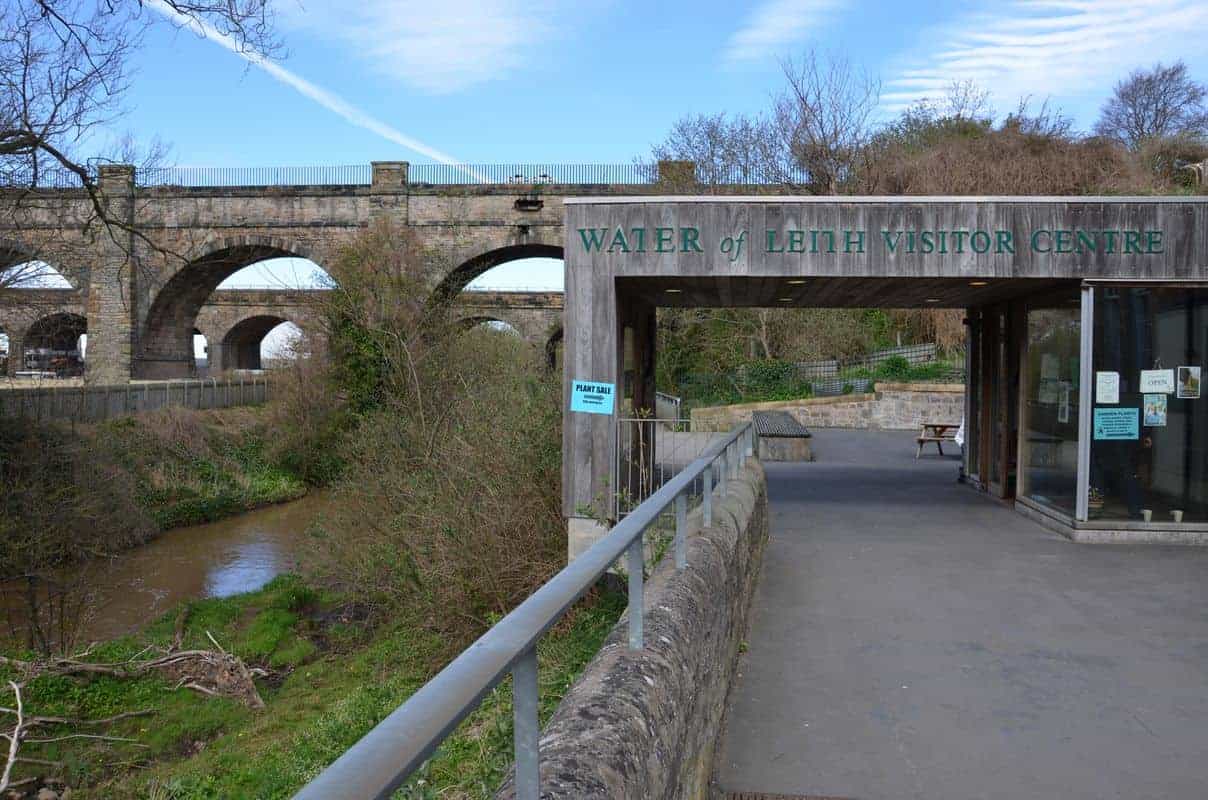
Length: The Water of Leith spans a length of around 24 miles, rising in the Pentland Hills and flowing into the Firth of Forth at Leith.
Water of Leith Walkway: The Water of Leith Walkway is a 12.25-mile path that accompanies the river from Balerno to Leith. A stroll along the walkway offers a tranquil escape from the city centre and provides scenic views of the river, woodlands, and several historic sites.
Industrial Heritage: The river was historically home to 70 mills which harnessed the water’s power for grinding grain, making paper, and producing cloth. It’s often referred to as the ‘Silver Thread’ due to the industrial heritage it represents.
Leith Docks: The river’s mouth at Leith Docks was once one of the busiest ports in Britain. Today, the docks have been transformed into a trendy waterfront area with shops, restaurants, and apartments.
Ecology and Wildlife: The Water of Leith is an important ecological corridor and is home to an array of wildlife such as otters, kingfishers, herons, and over 80 species of birds.
The Union Canal Connection: In the 19th century, the river was connected to the Union Canal via the Slateford Aqueduct, enabling coal transportation from the Lothians to the heart of the city.
Frequently Asked Questions
What is Edinburgh most known for?
Edinburgh is known for several things including:
Edinburgh Castle: Dominating the city’s skyline, the historic Edinburgh Castle houses the Honours of Scotland (the nation’s crown jewels), the Stone of Destiny (the coronation stone of Scottish royalty), and the National War Museum.
Festivals: Edinburgh is renowned for its annual festivals, especially the Edinburgh Festival Fringe which is the world’s largest arts festival.
Historical Sites: The city’s Old Town and New Town are UNESCO World Heritage Sites, featuring preserved medieval and Georgian-era architecture.
Scottish Parliament and Holyrood Palace: The city is the political heart of Scotland and is home to the Scottish Parliament and the residence of the monarch in Scotland.
Royal Mile: This historic street connects Edinburgh Castle and the Palace of Holyroodhouse and is lined with tourist shops, restaurants, and historic attractions.
Why is Edinburgh so important?
Edinburgh is important for several reasons:
Cultural Significance: Edinburgh is the heartbeat of Scotland’s culture and is known for its history, stunning architecture, and vibrant arts scene.
Educational Hub: The city is home to several universities including the University of Edinburgh which is one of the UK’s and the world’s top educational institutions.
Economic Role: As the second largest financial centre in the United Kingdom after London, Edinburgh plays a pivotal role in the country’s economy and is a hub for sectors such as banking, financial services, tourism, and technology.
Political Role: Being the capital city, Edinburgh is the political centre of Scotland and is home to the Scottish Parliament.
What should you not miss in Edinburgh?
Must-visit attractions in Edinburgh include: Edinburgh Castle, The Royal Mile, Holyrood Palace, Arthur’s Seat, The Scottish National Gallery, Edinburgh Zoo, The Royal Yacht Britannia, Princes Street Gardens, The National Museum of Scotland, and The Scotch Whisky Experience.
What are 3 interesting facts about Edinburgh?
Edinburgh’s Old and New Towns are UNESCO World Heritage Sites: The Old Town, with its medieval street plan and hidden underground streets, and the New Town, with its neoclassical and Georgian architecture, were listed as a UNESCO World Heritage site in 1995.
Edinburgh is the birthplace of Harry Potter: J.K. Rowling wrote much of the Harry Potter series while living in Edinburgh. She was often seen writing in local cafés like The Elephant House which has now become a place of pilgrimage for Harry Potter fans from all over the world.
It’s home to the world’s largest arts festival: Every August, the city hosts the Edinburgh Festival Fringe which is an open-access festival, meaning anyone can perform. Each year the festival spans 25 days and features more than 50,000 performances of over 3,000 different shows.

